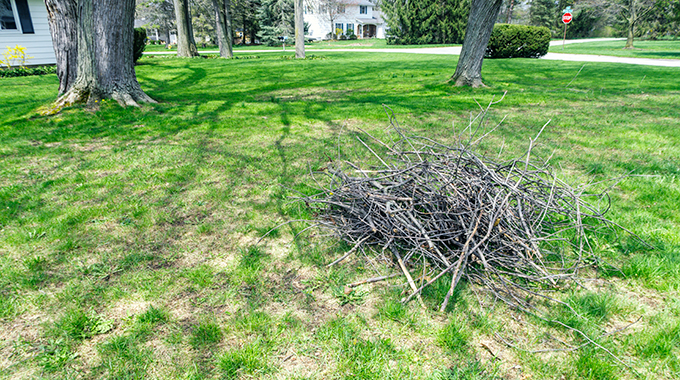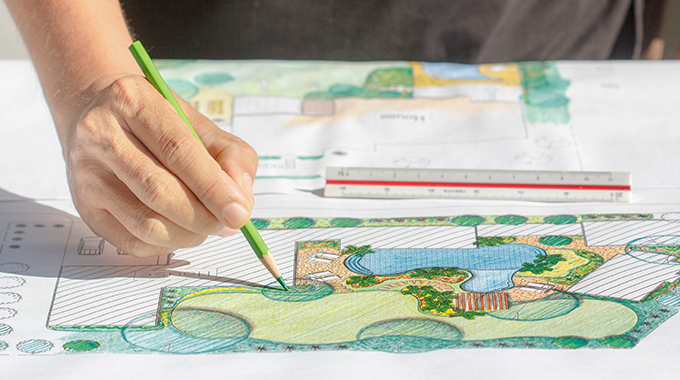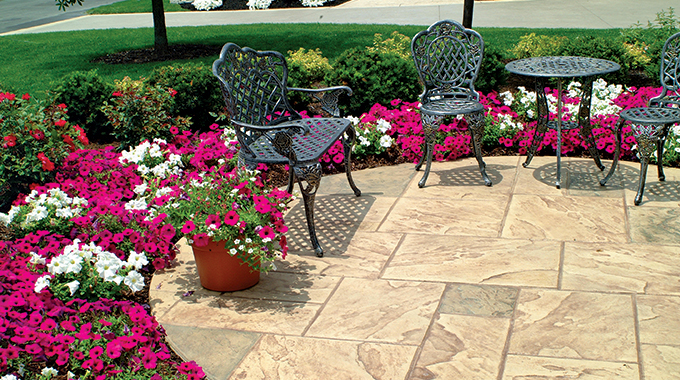
Early-Season Lawn Care
Your lawn appreciates your attention even in the cold months before spring has sprung. Devoting time to a few easy tasks can help ensure that your lawn is ready to hit the ground running once it’s time for spring growth.
The biggest thing you can do for your lawn in late winter is to give it a good once-over in terms of cleanup. Even after a thorough fall cleaning, sticks, leaves, and other debris are bound to accumulate over the winter. Removing these remnants of winter allows your turf maximum contact with air and sunshine, leading to a lively green-up.

Raking in particular helps matted-down turf loosen up and stand upright, priming it for new growth. Raking also helps remove any turf blades that may have been damaged over the winter, clearing the way for new, healthy turf to take its place.
Finally, late winter is a good time to test the pH level of your turf’s soil. As soil’s nutrients are used up, it sometimes becomes acidic. While turf prefers slightly acidic soil, a dramatic drop in pH can make it difficult for grass to thrive. If this is the case, adding lime can help boost the pH level, reducing acidity.
A little TLC early on paves the way for a gorgeous and healthy year to come.

Planning the Perfect Patio
Patios make escaping to the great outdoors easy, since all you have to do is step outside! If you’re thinking about installing a new patio or revamping an existing one, there are many options to choose from in terms of materials and design. There was a time when the word “patio” meant nothing more than a square or rectangular area made of concrete, but that’s no longer the case.
Material Selection
The makeup of your patio can best be determined by the look and feel of your existing landscape. In other words, what will go best with your lawn, garden and home?
Beyond concrete, you may want to consider bricks, stones, tiles, pavers or even gravel. Each of these materials has its own benefits, and each can fit in with a variety of landscape styles. The important thing is to make sure the materials you choose will complement your property rather than contrast with it.

Design Considerations
Once you’ve chosen the materials, it’s time to think about the design of your patio. Among the many points to consider are:
Location – Do you want your patio to be attached to your house, or would you prefer it to be a stand-alone element in your landscape? How much sun exposure do you want? Is the site you’ve chosen on level ground?
Maintenance – A low-maintenance design that lends itself to easy cleaning will be ideal.
Shape – Think beyond the square and rectangular designs of yesterday. A curved or geometric shape can add more visual appeal to your property and may lend itself to those tricky spots in your landscape.
Shelter – Do you want to include a patio cover or awning for protection from rain?
Above all else, be sure to take your time and think ahead. By planning carefully, you’ll be much happier with the end result!

